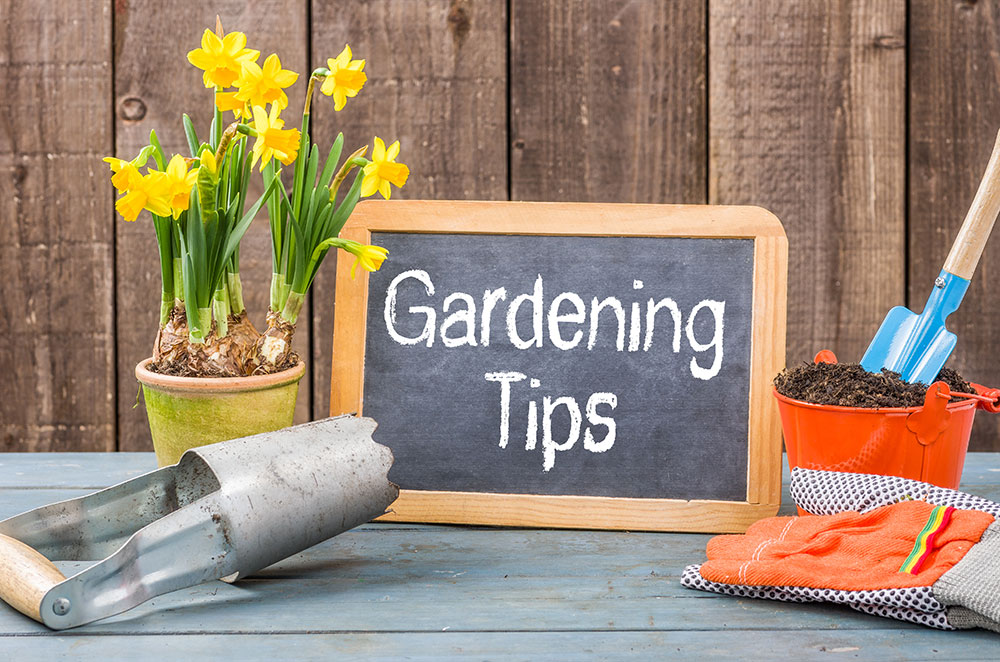HERE ARE SOME TIMELY GARDENING TASKS THAT NEED TO BE DONE IN JUNE.
We are entering June on a wet note. We had record rainfall for the month of May. Our rivers, streams, and reservoirs are full and overflowing, which is a good thing as we enter the hot summer months. A cool April and a wet May lend itself to make June a great planting month. Many of you are still trying to catch up on planting. Don’t stop planning to plant just because it is June.
With the wet ground and higher humidity, we may be facing a lot of fungal issues on our plants. Be on the lookout for powdery mildew, leaf spots, gall, etc. Don’t worry too much about mushrooms in the lawn or in garden beds. The mushrooms will disappear on their own once we dry out a little.
Be aware of mosquito infestation now. Mosquitoes love this wet weather and all the standing, stagnant water. Be sure to empty any containers that are holding water. You can use mosquito dunks in ponds and birdbaths. Mosquito dunks will kill the mosquito larvae and are biologically safe to pets and animals.
Here is a list of gardening chores that should be done this month:
- Most herbs need very little watering. Water only during prolonged dry spells. Herbs like to dry out in between thorough watering.
- PRUNING – Do your azaleas need any pruning or shaping? If so, now is the time. You want to trim azaleas in June and no later because azaleas form their flower buds in July for next years’ color. Also, this is a time to feed azaleas. Espoma Holly-tone is an excellent food to give azaleas.
- If you are thinking that some of your shrubs may need some pruning, here is a short list of shrubs that can be pruned in June: Arborvitae, Aucuba, Azaleas, Bayberry, Boxwood, Camellia japonica, Rhododendrons, Indian Hawthorn, Mahonia.
- Continue to “deadhead” your blooming annuals. Remember to feed them throughout the summer.
- June 15 is the date that you want to reset your sundial. Go out at noon on the 15th (1:00 pm with the daylight saving time) and set yours at 12 o’clock. Place the sundial so the gnomon ( the arm) is pointed toward the north. Turn your sundial so that the shadow of the gnomon falls directly on the mark representing noon. You are NOW on sun time. If you set a sundial on other dates, it can be as much as 14 minutes behind clock time. This is simply because sundials measure time ‘as it is’ and each day the length of sunlight is shorter or longer from the previous day’s length. To a sundial, noon is always when the sun is highest in the sky.
- With all this rain our grass is growing quickly. Don’t bag your clippings. Let the clippings lye on the turf and break down naturally. Grass clippings contain moisture and nitrogen that your lawn will benefit from over time.

